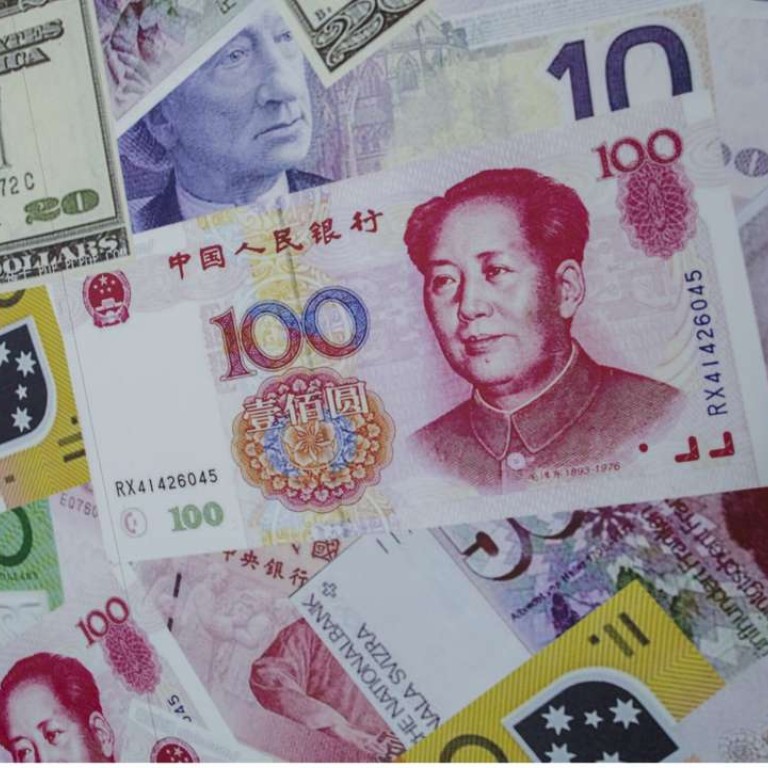
Offshore yuan softens against the dollar after PBOC cuts fixing
The Chinese central bank also slashes currency’s mid-point rate against the British pound to 8.4193, on High Court’s Brexit ruling
The offshore Chinese yuan weakened further on Friday morning, after the People’s Bank of China cut the currency’s reference rate.
The offshore yuan, which trades in Hong Kong, dropped 0.01 per cent to 6.7706 per US dollar in Hong Kong. However, the onshore yuan strengthened 0.06 per cent in Shanghai to 6.7611 per US dollar.
The People’s Bank of China cut the yuan’s guidance rate following two days of stronger fixings. It set the yuan’s mid-point rate at 6.7514 against the US dollar, down 23 basis points on the previous fix.
The Chinese central bank also slashed the yuan’s mid-point rate against the British pound to 8.4193, down 1,130 basis points from the previous reference rate.
China allows the spot yuan rate to move up or down no more than 2 per cent around the daily fix.
On Thursday, the greenback touched a multi-week low of 97.041, before bouncing back to 97.15.
“Overnight we have seen the slide in the dollar index stall ahead of the 97.000 figure,” said Jingyi Pan, a market analyst for IG Group.
We have temporarily departed from the influence of economic indicators and we are currently stuck in a sentiment-driven climate
“Consolidation can be seen ahead of the (US) non-farm payrolls data due today [Friday]. However, the impact could be limited, as we have temporarily departed from the influence of economic indicators and we are currently stuck in a sentiment-driven climate,” she added.
Pan said market sentiment may still be dominated by risk aversion ahead of the US elections next week.
On Thursday, sterling jumped against its major currency rivals, as the UK High Court ruled the government can not trigger Article 50 to begin the departure from the European Union without the parliamentary approval and the Bank of England suggested no further interest rate cut in the near term.

